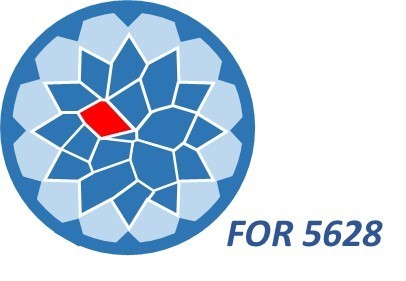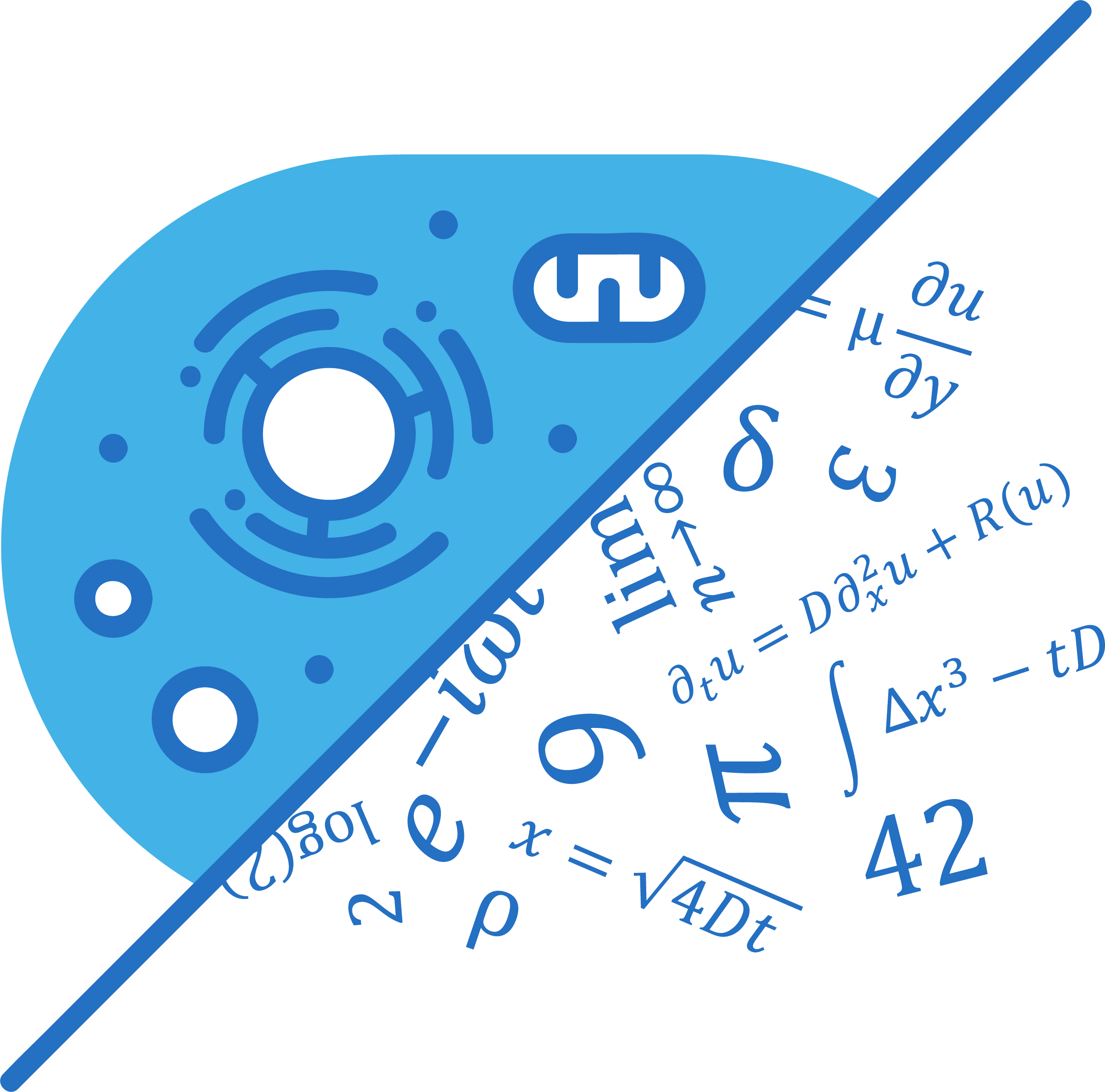|
15th Annual Symposium Physics of Cancer Leipzig, Germany Sept. 30 - Oct. 2, 2024 |
PoC - Physics of Cancer - Annual Symposium | ||||||||||||||||||||||||||||||||||||
|
|
Poster
Deciphering immune cell mechanical properties: Towards a better understanding of colitis progression
Contact:
Inflammatory bowel diseases including Crohn's disease and ulcerative colitis, result in chronic and recurrent inflammation of the gastrointestinal tract. Patients suffer from severe symptoms such as diarrhea, rectal bleeding, pain, weight loss and malnutrition, as well as complications such as perforation, stricture and even the development of colorectal cancer.[1]
It is hypothesized that a chronic immune response is responsible for the chronic inflammation observed in this instance, a crucial aspect of this immune response is the recruitment of immune cells to the site of inflammation. Consequently, gaining insight into the underlying mechanisms that may lead to the recruitment of immune cells in inflammatory bowel disease is of critical importance for the development of novel forms of therapy. An important property of immune cells that may be related to their recruitment is their mechanical properties. As is the case with other cells, immune cells are known to undergo changes in their mechanical properties in response to alterations in their environment and in response to external stimuli. In the case of neutrophils, which are the most abundant innate immune cells in human blood, it has been demonstrated that during acute inflammation, a reduction in stiffness is involved in the migration of neutrophils from the marginal pool into the circulation.[2] Consequently, it is plausible that alterations in the mechanical properties of immune cells may impact their migratory behavior and, therefore, their recruitment to the site of inflammation, which may ultimately result in the development of chronic inflammation. Consequently, modulation of mechanical properties could be employed to regulate the recruitment of immune cells to the site of inflammation, thereby regulating the inappropriate immune response. This project will systematically evaluate the functional relevance of the mechanical properties of innate immune cells, with a particular focus on neutrophils, in ulcerative colitis using real-time deformability cytometry, a high-throughput method for the mechanical characterization of single cells. If the involvement of mechanics in inflammatory bowel disease can be demonstrated, the modulation of immune cell mechanics could be employed as a therapeutic strategy to attenuate inflammatory bowel disease.
|









